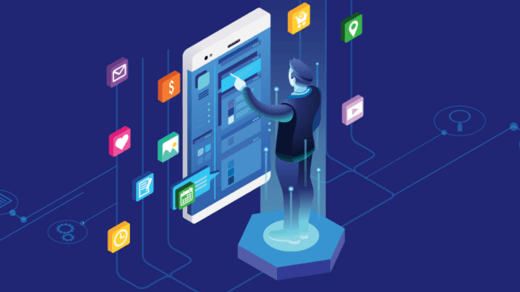“The Future of Software: Trends to Watch in 2023” is an exciting topic that showcases the evolving landscape of technology. Here are 15 trends with their respective pros and cons:
Trends:
- AI and Machine Learning: The integration of AI and ML in various applications continues to grow.
- Pros: Enhanced automation, data analysis, and personalized experiences.
- Cons: Ethical concerns, job displacement, and data privacy issues.
- Quantum Computing: Advancements in quantum computing technology promise revolutionary computing power.
- Pros: Faster computations for complex problems, including cryptography.
- Cons: High costs, scalability challenges, and limited practical applications.
- 5G Technology: Widespread adoption of 5G networks fuels faster and more reliable connectivity.
- Pros: Improved mobile experiences, IoT growth, and remote work capabilities.
- Cons: Infrastructure costs, cybersecurity concerns, and potential health risks.
- Blockchain: Blockchain technology finds applications beyond cryptocurrencies, such as supply chain management.
- Pros: Enhanced security, transparency, and reduced fraud.
- Cons: Scalability issues, energy consumption, and regulatory challenges.
- Edge Computing: Processing data closer to the source for reduced latency and more efficient data handling.
- Pros: Faster response times, reduced data transfer costs, and enhanced privacy.
- Cons: Infrastructure costs and potential security vulnerabilities.
- Serverless Computing: A shift towards serverless architectures for more efficient resource utilization.
- Pros: Cost savings, simplified deployment, and auto-scaling.
- Cons: Vendor lock-in, limited control, and increased complexity in debugging.
- Cybersecurity Advancements: Innovations in cybersecurity to combat evolving threats.
- Pros: Improved protection against cyberattacks and data breaches.
- Cons: Increasingly sophisticated attacks, high cybersecurity costs, and privacy concerns.
- AI Ethics and Regulation: Greater focus on AI ethics, fairness, and regulatory frameworks.
- Pros: Protection against AI biases, responsible AI development, and improved accountability.
- Cons: Potential stifling of innovation, regulatory complexity, and enforcement challenges.
- Sustainability Initiatives: Software development with an emphasis on eco-friendly practices.
- Pros: Reduced environmental impact, cost savings, and positive public image.
- Cons: Implementation costs, potential limitations in software capabilities, and global adoption challenges.
- AR and VR Integration: Augmented and virtual reality applications in various sectors, from gaming to education.
- Pros: Enhanced user experiences, immersive training, and creative marketing opportunities.
- Cons: High hardware costs, potential for addiction, and limited real-world applications.
- Healthcare Software Solutions: Advancements in healthcare software, including telemedicine and health tracking.
- Pros: Improved patient care, remote access to healthcare, and cost savings.
- Cons: Data security concerns, regulatory hurdles, and accessibility challenges.
- Natural Language Processing: Enhanced language models for improved human-computer interactions.
- Pros: Better customer support, content generation, and accessibility.
- Cons: Privacy concerns, misinformation risks, and AI bias.
- Digital Twins: The creation of digital replicas of physical objects or systems.
- Pros: Predictive maintenance, real-time monitoring, and efficient modeling.
- Cons: Data privacy issues, scalability challenges, and integration complexity.
- Remote Work Solutions: Evolving software for remote work and collaboration.
- Pros: Flexibility for employees, reduced overhead costs, and global talent access.
- Cons: Security vulnerabilities, potential isolation, and challenges in team collaboration.
- Sustainable Software Development: A focus on eco-friendly practices in the software development process.
- Pros: Reduced environmental impact, energy savings, and cost reduction.
- Cons: Initial implementation costs, potential limitations in software capabilities, and resistance to change.
These trends in software development have the potential to shape various industries and our daily lives in the coming year. However, they also come with their own set of challenges and considerations that need to be addressed for their successful adoption and integration.

